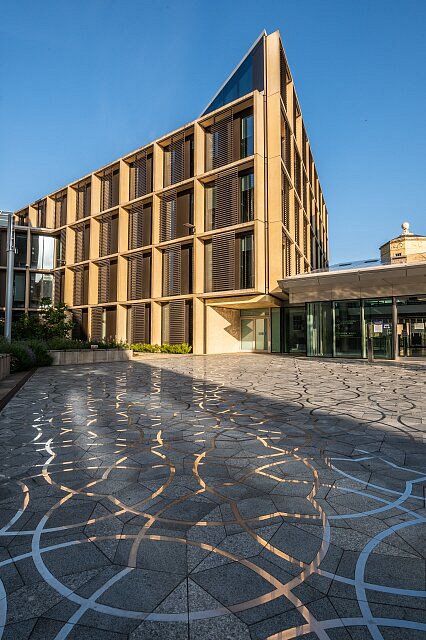The Department of Statistics at the University of Warwick will be holding a virtual MSc Open Day for students who may be interested in applying for their Statistics MSc degrees:
Interested in learning more about your life and career after university? Sign up to join MCON - the Maths and Computer Science Opportunities Network! This is a new Oxford student initiative, open to all years, aimed at helping students gain a clearer idea of the many paths available to them in the future, whether it be in academia or industry. Learn from experienced students and alumni about their own trajectories and connect with others in similar fields.
Graduate students support the running of the department in many ways: from presenting at Open Days and outreach events to running social events or seminars for Research Groups or for the wider department. We would like to recognise this contribution by making an award/a small number of awards annually.
You may be aware that best-selling science writer Simon Singh, author of books such as “Fermat’s Last Theorem”, visited the Mathematical Institute earlier this month with his colleague, Junaid Mubeen. As well as giving some insights into what constitutes good practice in writing, outreach and education, they gave a brief outline of their Parallel Programme. Parallel currently tutors 750 talented maths students every week from Year 7 through to Year 11.
Exponential and algebraic decay in Euler--alignment system with nonlocal interaction forces
Abstract
Phase mixing for the Vlasov equation in cosmology
Abstract
The Friedmann--Lemaitre--Robertson--Walker family of spacetimes are the standard homogenous isotropic cosmological models in general relativity. Each member of this family describes a torus, evolving from a big bang singularity and expanding indefinitely to the future, with expansion rate encoded by a suitable scale factor. I will discuss a mixing effect which occurs for the Vlasov equation on these spacetimes when the expansion rate is suitably slow.
This is joint work with Renato Velozo Ruiz (Imperial College London).


